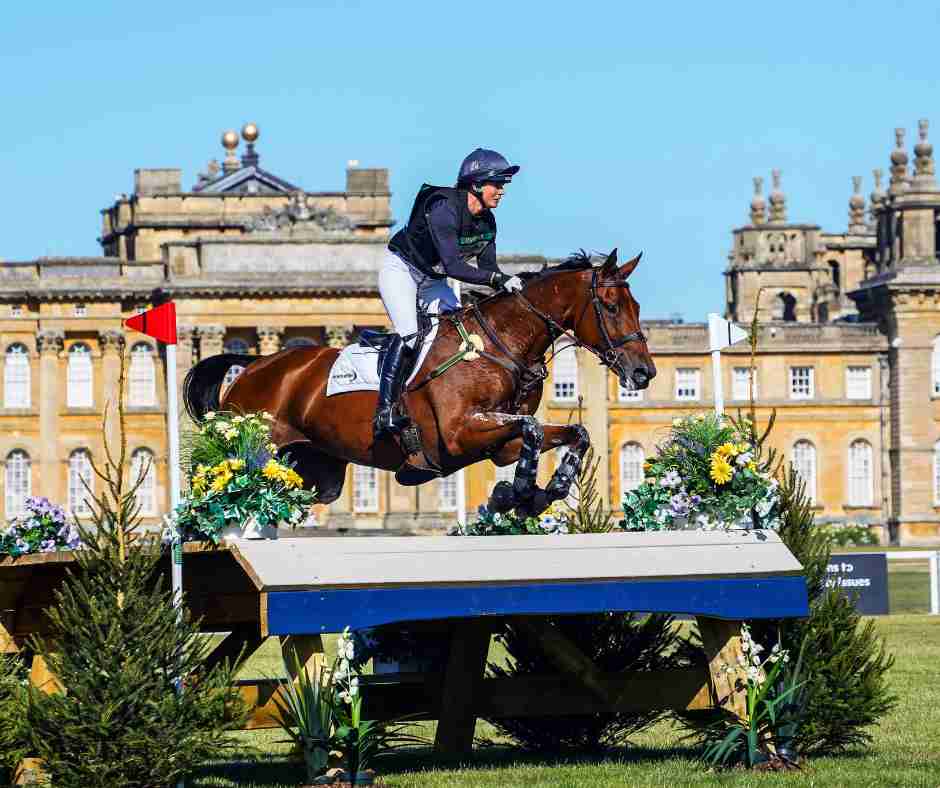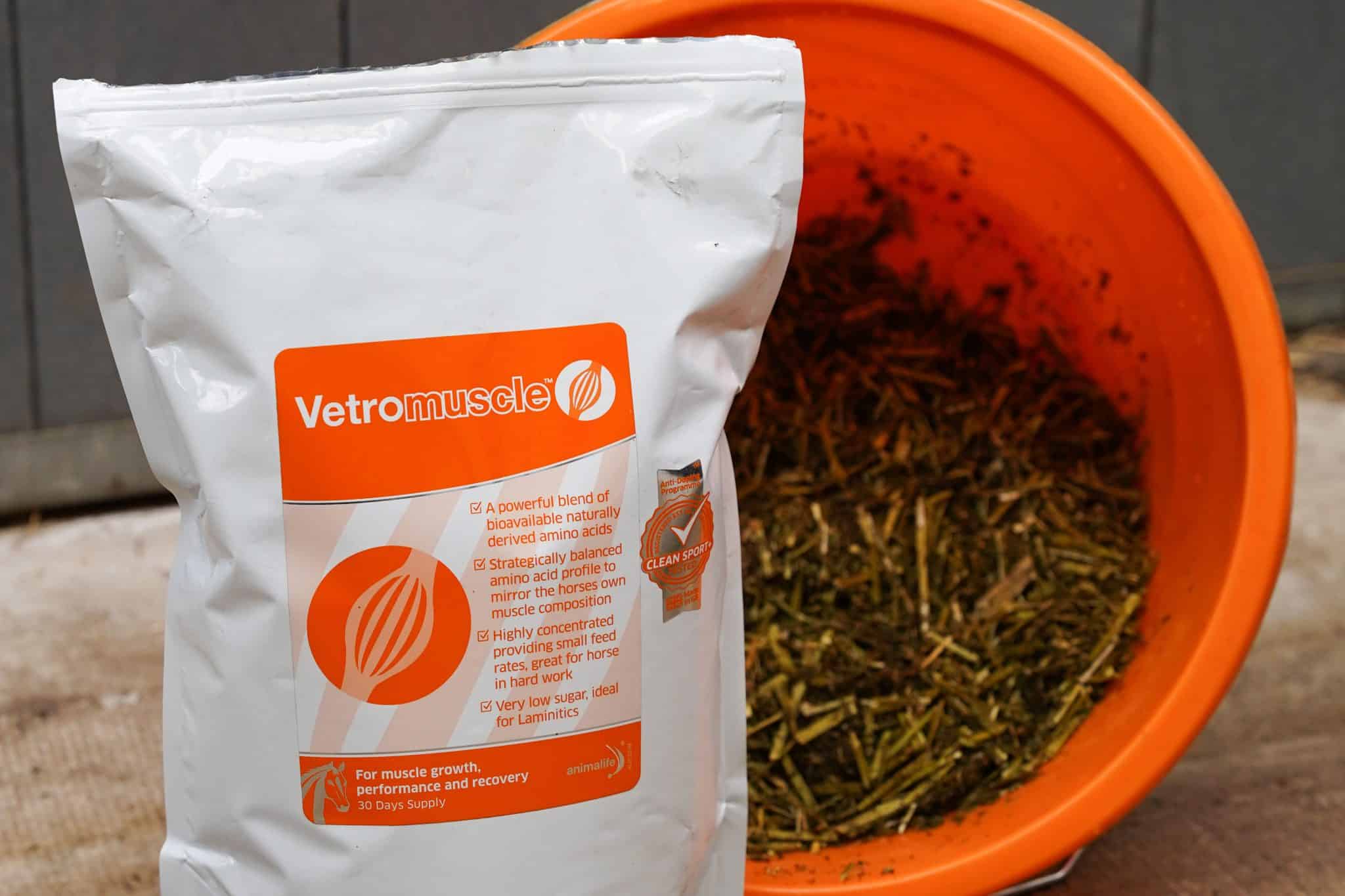Equine Training
Fitness Top Tips
Whatever your riding aspirations – whether your aim is to ride two prelim dressage tests, compete in a hunter trial or tackle a 20km pleasure ride – physical fitness, mental preparation and correct nutrition are the cornerstones of success.
Your horse needs to be sufficiently conditioned to cope with the demands of the competition, you need to have a plan to get him there and you must support him with the right fuel.
There is no such thing as a one-regime-fits-all; just as people require personal plans that take into account their current fitness, lifestyle, bad habits and long-term aims, so too do horses. How much – and what sort of – work your horse will need to perform at his best and minimise the risk of injury will depend on factors like breed, temperament, age, soundness history, your facilities and his baseline fitness.
Putting pen to paper and coming up with preparation plan for your chosen target will ensure that you and your horse are primed to deliver your best when it matters.
Building good foundations
When it comes to fitness, talented young Irish event rider Tara Dixon appreciates the importance of putting in place solid foundations with hacking and slow work – her mother, Karen Dixon, rode for Britain at four Olympic games, winning a team silver in Seoul in 1988.
“Mum has drilled into me the importance of bringing a horse back into work slowly after a break and building up the work gradually,” says Tara, who uses products in Animalife’s Vetro Collection to keep her string of horses in top shape and is aiming her top ride, Master Smart (Fred), at four star level this year. Last season the pair contested internationals at venues such as Millstreet and Ballindenisk.
“Fred had three weeks’ holiday at the end of September and then did a couple of weeks’ hacking before I started working him in the arena again,” she continues. “Mum likes to constantly remind me of how, when she was competing and bringing her horses back into work, they would always do half-an-hour’s hacking every day for a week, 45min a day for the next week and build up to an hour a day by week three. This would all be done around the lanes to strengthen their legs.
“Nowadays, horses don’t have to have quite the same level of fitness without the roads and tracks and steeplechase phases to worry about, but I still believe it’s a great template to work from. We are lucky at home [in Northern Ireland] as we have two really good hacking loops – a longer one and a shorter one – which I use all the time.”
Variety is the spice of life
Badminton and Burghley winner Piggy March points out that variety is the spice of life when it comes to fitness, soundness and longevity.
“It’s good for horses’ bodies and minds to do varied work on varied surfaces so they’re well equipped for whatever comes up in competition,” she says. “Most horses in regular work, ridden five or six days a week, will only need their exercise regime tweaked slightly before they tackle a lower-level event. They should, however, do at least one day a week of faster work to get their heart rate up. It might consist of designated canter workouts, longer or faster spells of canter work incorporated into a hack, or hill work. The important thing is that the horse blows and uses his lungs.”
Fitness for specific types of exercise can only be judged on the horse’s recovery after that specific type of work, according to former five-star rider and British Eventing coach, Mark Corbett who, like Piggy, uses products from Animalife’s Vetro Collection to support his horses’ fitness and performance.
If you go to a showjumping show and your horse jumps well in the first class but not in the second it may indicate that he is not fit enough,” he says. “You might then think about jumping more often at home. Or, if a horse works well for 20 or 30 minutes on the flat, then starts to get resistant, he may actually be getting tired.”
Spending plenty of riding time outside of the arena is also important for building up different muscle groups and improving proprioception (awareness of the movement of the limbs and body), which helps develop the horse’s sense of self-preservation and resilience to injury.



